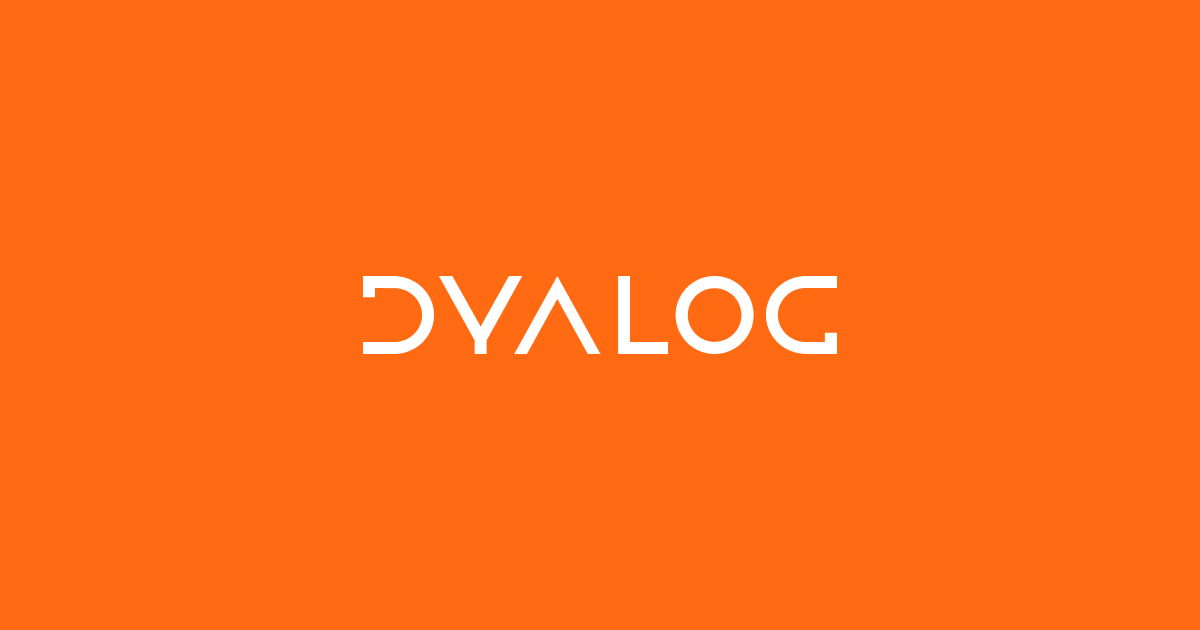Solving the 2014 APL Problem Solving Competition – Cryptography Problem 2

This post is the continuation of the series where we examine some of the problems selected for the 2014 APL Problem Solving Competition. In this post we’ll continue looking at the cryptography problems from Phase II that we started looking at in a previous blog post. Cryptography Problem 2 – Book Cipher Variation Task 1 […]
Solving the 2014 APL Problem Solving Competition – Cryptography Problem 1

This post is a continuation of the series where we examine some of the problems selected for the 2014 APL Problem Solving Competition. I’ll start by looking at the cryptography problems from Phase II. Cryptography Problem 1 – Vigenère Cipher The cipher is described using a large table of letters, but you don’t need to […]
The Diamond Kata

Acknowledgments Morten Kromberg is the other co-author of this text but the blogging software prevents his being listed as such. We are indebted to Jay Foad, Nick Nikolov, John Scholes, and Fiona Smith for comments on successive drafts of the MS. The Problem The diamond kata is a programming exercise used in the agile development, […]
Cholesky Decomposition

Morten was visiting Dyalog clients and forwarded a request: Can we have the Cholesky decomposition? If A is a Hermitian, positive-definite matrix, its Cholesky decomposition [0] is a lower-triangular matrix L such that A ≡ L +.× +⍉L. The matrix L is a sort of “square root” of the matrix A. For example: ⎕io←0 ⋄ […]
Three-and-a-bit

The most obvious expression for computing π in APL is ○1. But what if you can’t remember how ○ works, or your O key is broken, or you feel like taking the road less travelled? With thanks to Wikipedia’s excellent list of Approximations of π, here are some short sweet APL expressions for three-and-a-bit: 3 ⍝ very short […]
